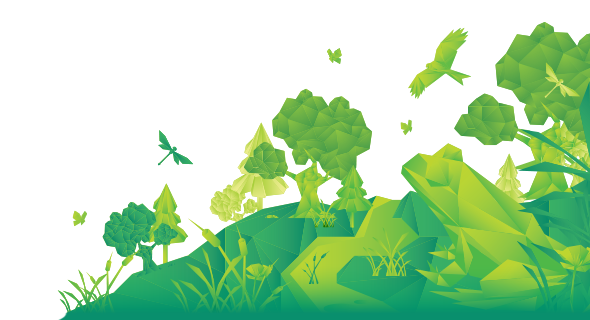![]() The SimOïko digital simulation platform is derived from the MetaConnect research model, initially developed to address metapopulation dynamics of terrestrial or amphibious species. SimOïko has undergone validation testing for these types of species but requires further adaptation for pelagic species such as fish. The MetAqua project, carried out in collaboration with SETE-CNRS, aims to 1) Test SimOïko's predictive capacities for pelagic species. 2)Develop new simulation algorithms tailored to these species, if necessary.
The SimOïko digital simulation platform is derived from the MetaConnect research model, initially developed to address metapopulation dynamics of terrestrial or amphibious species. SimOïko has undergone validation testing for these types of species but requires further adaptation for pelagic species such as fish. The MetAqua project, carried out in collaboration with SETE-CNRS, aims to 1) Test SimOïko's predictive capacities for pelagic species. 2)Develop new simulation algorithms tailored to these species, if necessary.
The Green and Blue Infrastructure (TVB) is a land-use planning tool derived from the Grenelle II laws. Its primary purpose is to reduce species extinctions caused by habitat fragmentation. Isolated populations, especially small ones, face a higher risk of extinction due to stochastic demographic and genetic events, a mechanism known as the "extinction vortex." This can be mitigated by dispersal, where individuals leave their current habitat to establish in a new one.TVB is based on the idea that species conservation relies on protecting ecological networks maintained through dispersal. However, dispersal is a complex behavior shaped by trade-offs between ecological and evolutionary processes. Research has shown that dispersal rates and distances exhibit significant intra- and interspecific variability due to these factors. Intraspecific variability depends on individual phenotypes and environmental or social interactions, closely linking dispersal to life history traits and the interaction between phenotype and environment.
To address the challenge of predicting species dispersal in a given landscape, early conservation strategies for ecological networks relied on the structural connectivity of landscapes. This approach assumes that an ecological network can be defined by spatially close, similar habitats, without considering dispersal or population dynamics. According to this assumption, habitat proximity alone enables individual movement. Consequently, TVB is designed by linking habitat patches favorable to the target species, ensuring they are sufficiently close to each other.
To address this oversimplification of ecological network functioning and explicitly account for population dynamics and dispersal, TerrOïko has been developing the SimOïko simulation platform since 2012, derived from the MetaConnect research model. MetaConnect is an individual-based, spatially explicit population dynamics model that simulates population dynamics, individual flows, and population genetics across a landscape. Using SimOïko enhances the quality and relevance of TVB studies. However, the platform was originally designed for terrestrial or amphibious species (e.g., amphibians, dragonflies).
MetAqua seeks to expand SimOïko's applicability to strictly aquatic species like fish.

SimOïko population genetics simulation results (left) will be compared with field data (right).
General Methodology
SimOïko will be applied outside its initial scope (aquatic environments) to simulate fish metapopulation dynamics, and the simulation results will be compared with field genetic data. If SimOïko’s current algorithms prove unsuitable for aquatic environments, new simulation algorithms will be developed and validated within the project. Validation will occur in two stages : Comparison with existing fish population models and Comparison of simulated genetic results with field data.

Identity Card
- Call for Research : Innovation LABEX TULIP 2016
- Funding : LABEX TULIP, Midi-Pyrénées Region
- Project co-sponsors : Terroïko – SETE-CNRS
- Partner : Terroïko – SETE-CNRS
- Contacts : Sylvain Moulherat (TerrOïko), Simon Blanchet (SETE-CNRS)
- Project Duration : 12 months (2017–2018)
- Total Cost : €19.3k
- Grant Amount : €8.4k
MetAqua Resources
- 19-20/10/2017: Presentation of MetAqua results at the Seminar ITTECOP 2017, Paris.
Visionnez notre poster. - 19/09/2017: resentation at the 19th European Congress of Herpetology, Salzburg.
See our presentation. - 18/07/2017: Labeling ITTECOP.
Learn more about lTTECOP-labeled research projects. - 06-07/06/2016: MetAqua project presentation at the national SAGE & TVB seminar, Montpellier.
See our presentation.
